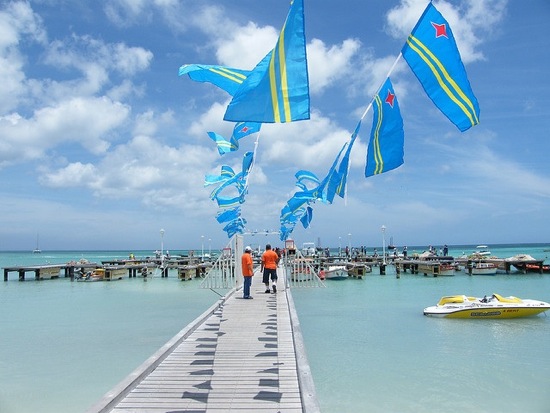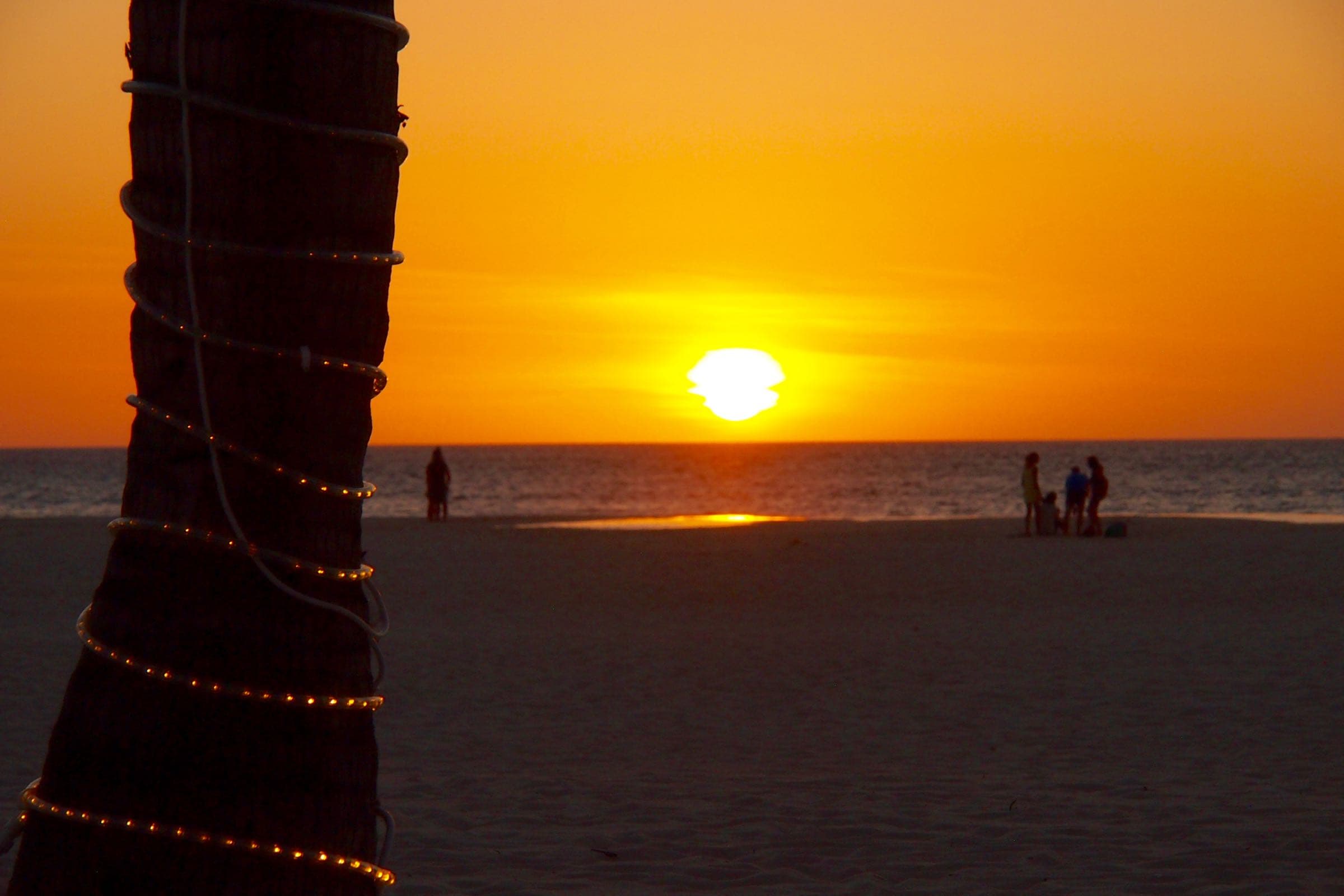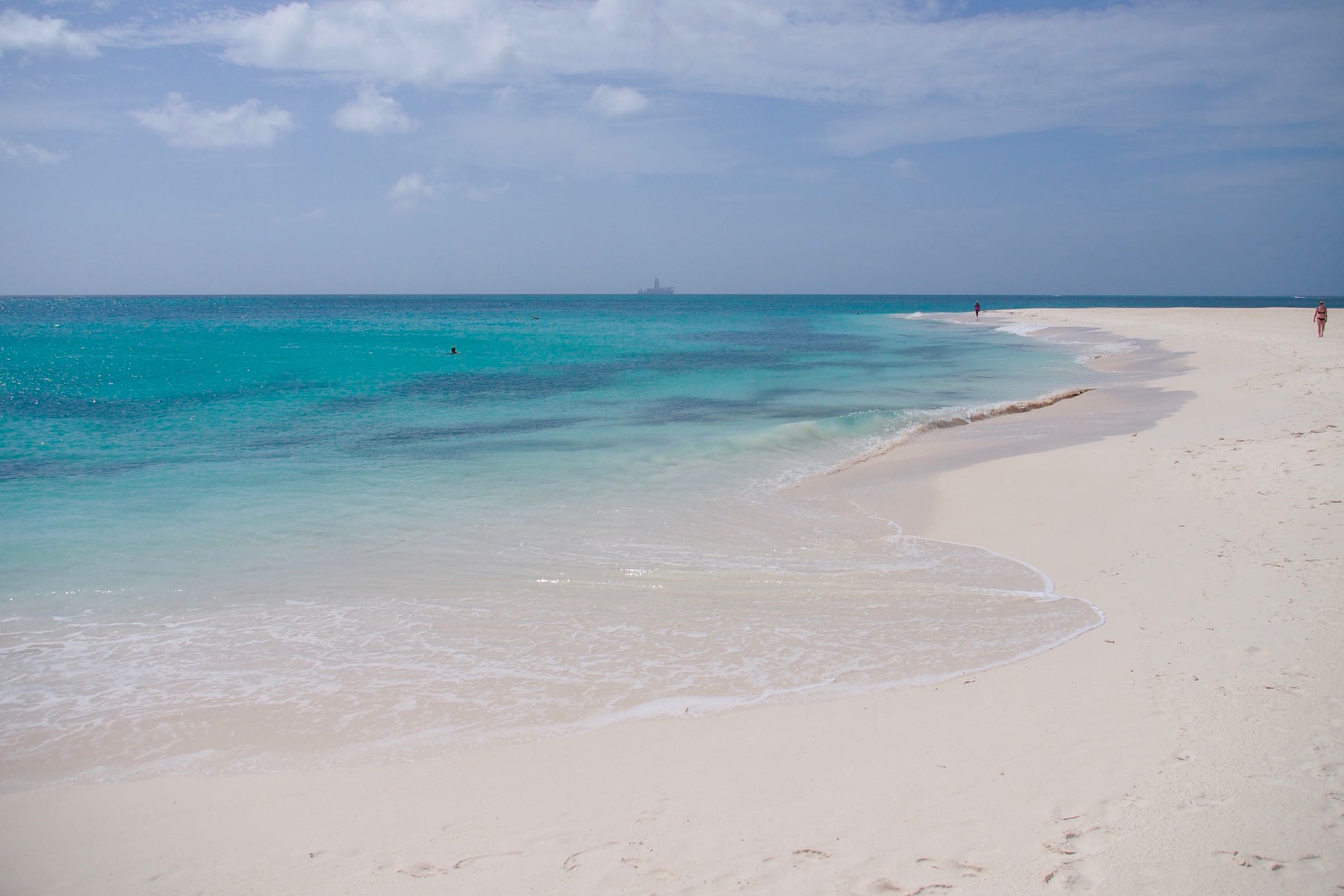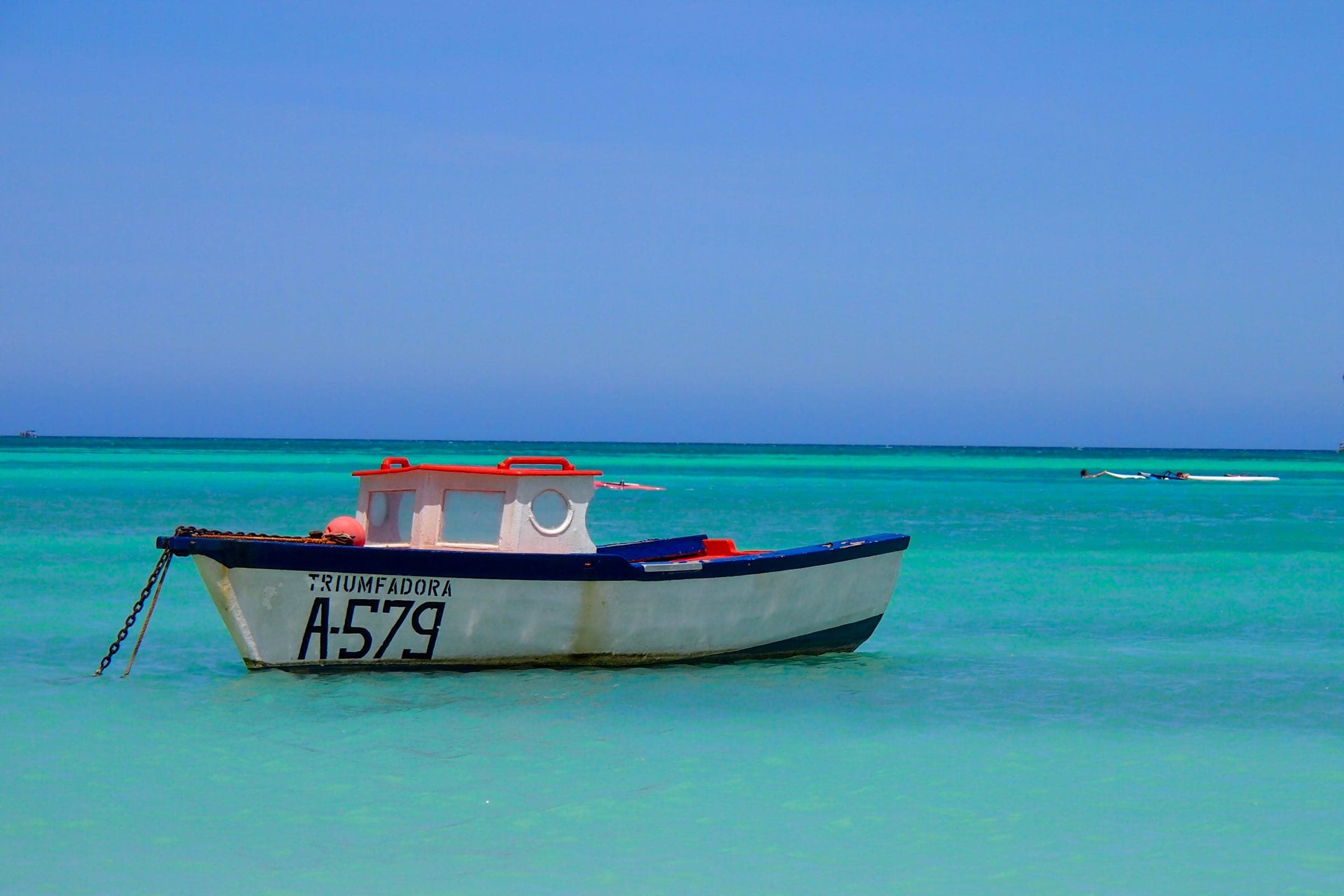Aruba Flag – Dushi (Sweet) Symbol of One Happy Island
Almost everyone I know loves Aruba, and with good reason. The place is famous for the primary things most people desire in a Caribbean escape. Brilliant blue seas, endless sunny skies, magnificent beaches – the combo draws droves from around the world year after year. All this (and more) is reflected in the Aruba flag, which for me, is one of the best-looking in the world.
Officially adopted in 1976, the Aruba flag carries a great deal of symbolism tied to the country’s primary industry, tourism. It also celebrates the island’s history and cultural pride.
Aruba Flag Colors and Their Meaning
It all starts with the star, which represents the island of Aruba itself. The four points symbolize a compass, an inference that Aruba attracts people from all over the world. This, of course, is totally true. Don’t believe it? Just read the graffiti and check out the lost treasures at Charlie’s Bar in San Nicholas. There’s stuff there from EVERYWHERE.
Red often denotes love, and that’s exactly why it’s the color of the star. The tint represents the deep affection each Aruban has for their island. It’s also hearkens back to Aruba’s ancient Palo di Brasil lumber industry. A hint of Aruba’s now #1 industry is seen in the white border surrounding the star, which symbolizes Aruba’s pristine white-sand beaches.
The parallel yellow stripes on the flag of Aruba signify the separate position Aruba holds within the Kingdom of the Netherlands. Traditionally a color of abundance, the yellow represents Aruba’s top industries over its history – oil, aloe, and even gold.
(Read all about the Aruba gold rush!)
The Perfect Blue for the Flag of Aruba
As for the blue, of course, it represents the marvelous waters surrounding the island. It’s a fairly atypical blue for a national flag, IMO.
It’s like a powder-blue – soft, friendly, and very fitting for One Happy Island.
Photo credit: Flickr user D4MN! (Remo Kock) via Flickr.



